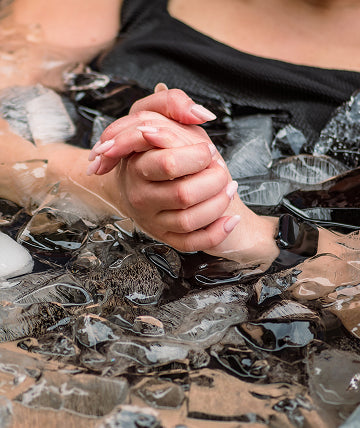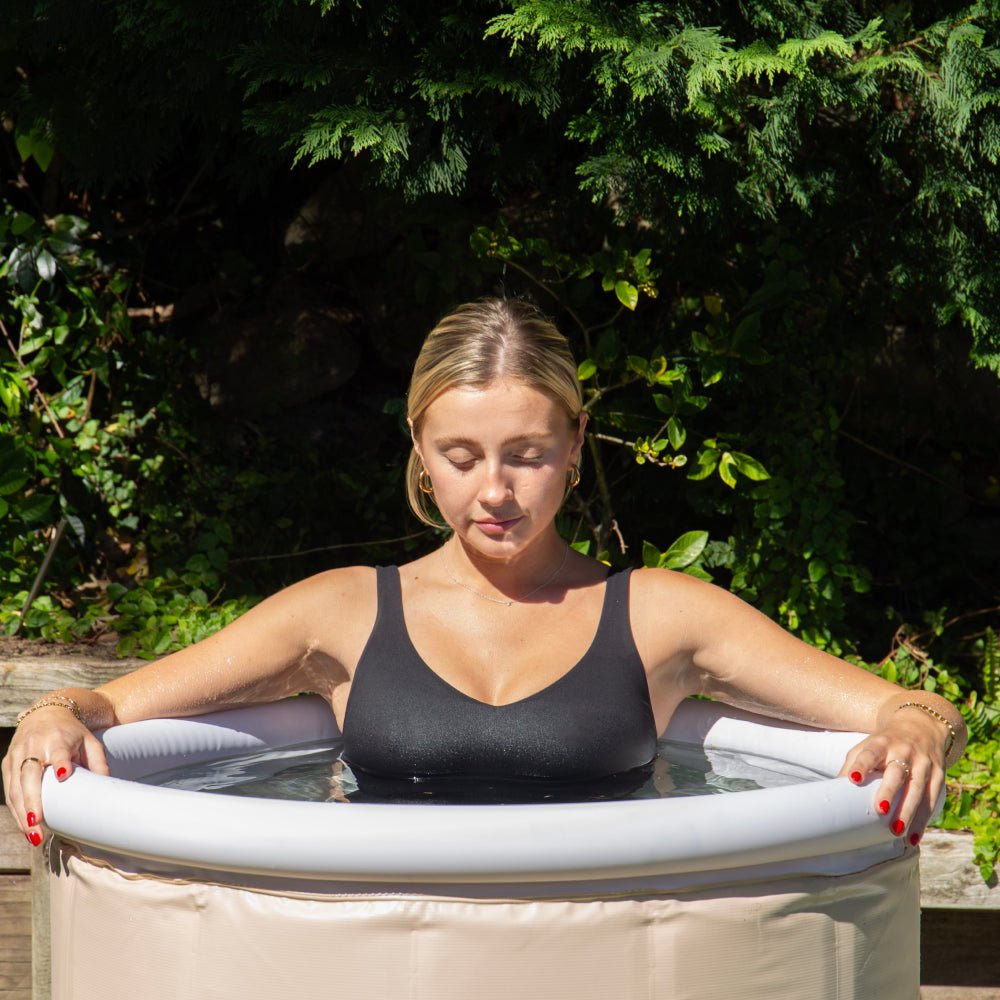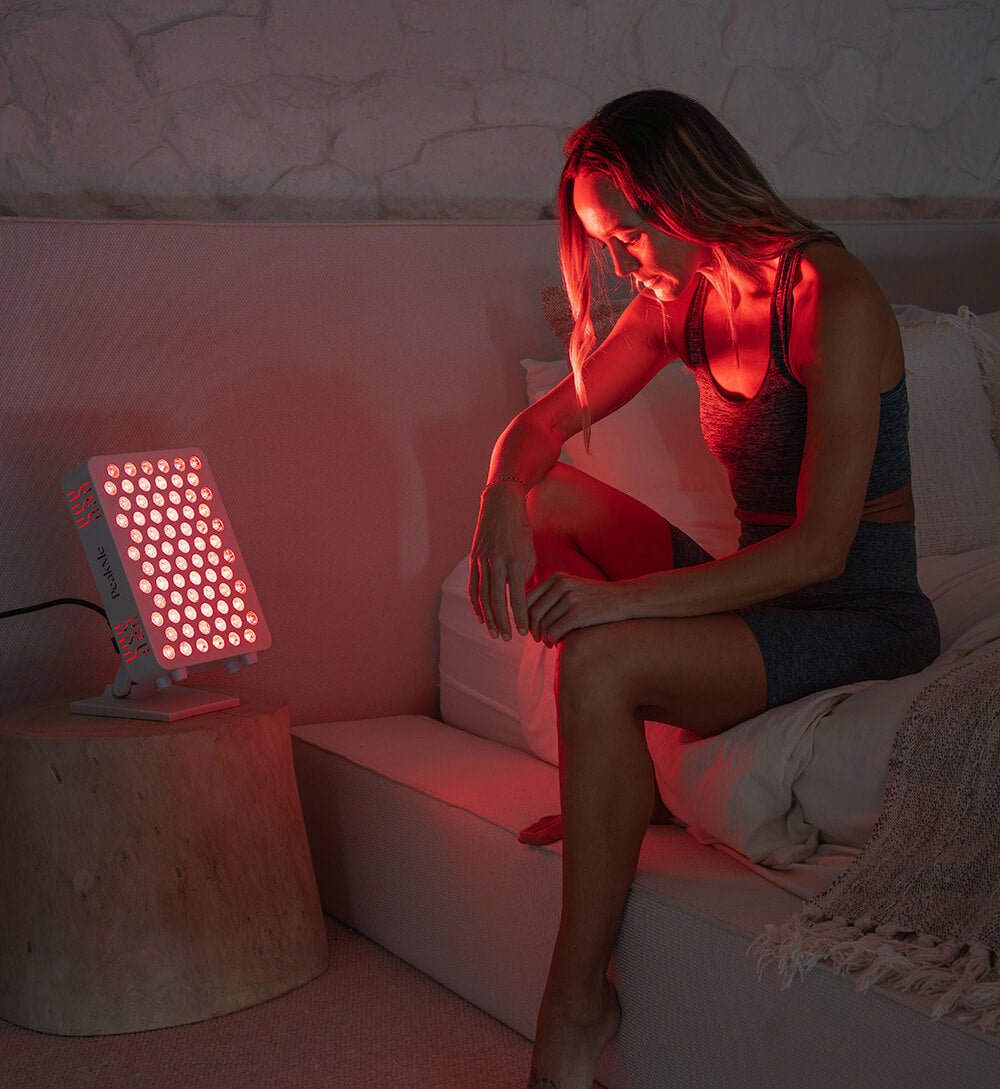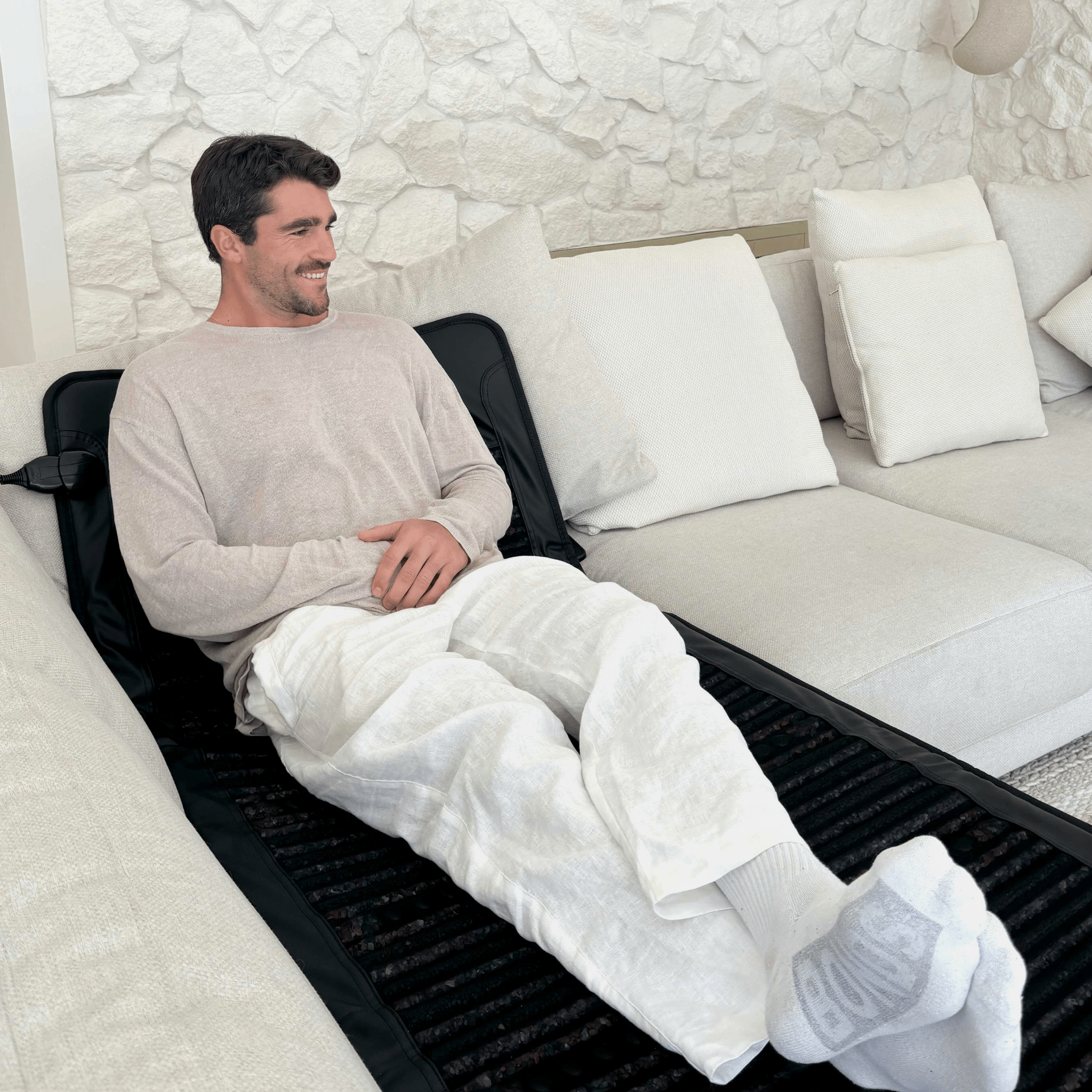Cold is having a moment. But beyond the viral reels and Wim Hof disciples lies a potent biohack with roots in science, not spectacle.
Whether it’s submerging in icy stillness, standing beneath a punishing cold shower, or stepping into a cryochamber that blasts air at minus 110°C, each method delivers a dose of hormetic stress designed to wake you up, calm you down, and rebuild you stronger.
The question is: which one actually works best?
Let’s break the ice.
The Science of Cold: Why It Works
Cold exposure is a controlled stressor. It activates your sympathetic nervous system, surges catecholamines like norepinephrine, and forces the body to adapt for survival. The benefits go far beyond just “toughening up.”
When applied with purpose, cold exposure has been shown to:
-
Boost metabolic function by activating brown adipose tissue, which burns energy to generate heat.¹
-
Lower systemic inflammation, potentially reducing markers like TNF-alpha and IL-6.²
-
Enhance dopamine levels, improving mood and motivation for hours post-exposure.³
-
Accelerate muscle recovery by reducing delayed onset muscle soreness (DOMS).⁴
-
Sharpen mental clarity, thanks to norepinephrine release.⁵
But these effects vary depending on the method. So let’s compare them.
Ice Baths: Maximum Impact
What it is: Full-body immersion in water chilled to 10–15°C, typically for 2–5 minutes.
Why it works: Ice baths are the most intense form of cold exposure, creating hydrostatic pressure, whole-body cooling, and deep engagement of the sympathetic nervous system. Research suggests they elevate norepinephrine by up to 530% — a level unmatched by other cold methods.⁶
Best for:
-
Athletic recovery
-
Mental resilience training
-
Metabolic stimulation
-
Dopamine regulation
Challenges:
-
Setup (ice, tub, clean space)
-
Tolerance, the initial shock is intense
Ready to upgrade your recovery game? Explore our premium PeakMe Flow Ice Bath: designed for portability, durability and daily use.
Cold Showers: Everyday Adaptation
What it is: Ending your regular shower with 30 seconds to 3 minutes of cold water exposure.
Why it works: While less immersive than ice baths, cold showers still activate thermorecepters and kickstart the same biological responses. Studies have linked cold showers to increased alertness, better immune response, and reduced stress symptoms.⁷
Best for:
-
Daily cold exposure habit
-
Mental discipline
-
Beginner-friendly introduction to cold therapy
Challenges:
-
Uneven cold distribution across the body
-
Limited impact on core body temperature
Cold showers are a solid stepping stone, but for deep recovery and long-term gains, nothing beats full immersion. Discover our cold therapy range.
Cryotherapy: Fast, Flashy, and Targeted
What it is: Exposing the body (or localised areas) to extremely cold air (–110 to –140°C) in a chamber or pod for 2–3 minutes.
Why it works: Cryotherapy uses evaporative cooling from liquid nitrogen to rapidly chill the skin surface. It’s popular for reducing joint inflammation and post-injury swelling — but its depth of physiological response remains debated.⁸
Best for:
-
Pain relief
-
Localised inflammation
-
Time-strapped wellness warriors
Challenges:
-
Expensive
-
Requires clinic access
-
May not offer the same systemic effects as cold water immersion
So, Which Cold Therapy Wins?
Stanford neuroscientist Dr. Andrew Huberman places ice baths at the top of the hierarchy. In his Huberman Lab podcast, he explains that full-body immersion drives the strongest hormonal, metabolic and neurochemical shifts, especially for those seeking cognitive or recovery benefits.⁹
Cold showers come second for their accessibility and habit-forming potential. Cryotherapy, while helpful in some recovery contexts, is less accessible and lacks the full-body immersion benefits that shift your physiology at scale.
Key Takeaways
|
Method |
Recovery |
Mental Clarity |
Accessibility |
Cost |
|
Ice Baths |
⭐⭐⭐⭐⭐ |
⭐⭐⭐⭐⭐ |
⭐⭐ |
⭐⭐⭐ |
|
Cold Showers |
⭐⭐⭐ |
⭐⭐⭐⭐ |
⭐⭐⭐⭐⭐ |
⭐⭐⭐⭐⭐ |
|
Cryotherapy |
⭐⭐⭐ |
⭐⭐ |
⭐ |
⭐ |
The PeakMe Flow Ice Bath is engineered for real results, wherever you are: at home, on the road or post-workout. Portable, insulated and easy to drain, it’s the go-to tool for serious recovery and better mental clarity.
Discover the PeakMe Flow Ice Bath and experience what true cold exposure feels like.
FAQs
Is cold exposure safe for everyone?
Not always. Those with cardiovascular conditions, circulatory disorders, or pregnancy should consult a doctor first.
How long should I stay in an ice bath?
Start with 1–2 minutes, and build up to 5–6 minutes. Listen to your body: the goal is resilience, not risk.
How often should I practice cold therapy?
2–4 sessions a week is a great start. Consistency is more important than duration.
Does cold therapy burn fat?
It may help activate brown fat, which increases thermogenesis and calorie burn. But it’s no replacement for nutrition and regular movement.¹⁰
References
-
van der Lans, A. A., Hoeks, J., Brans, B., et al. (2013). Cold acclimation recruits human brown fat and increases nonshivering thermogenesis. Journal of Clinical Investigation, 123(8), 3395–3403. https://doi.org/10.1172/JCI68993
-
Lubkowska, A., Dołęgowska, B., & Szyguła, Z. (2010). Whole-body cryostimulation — potential beneficial treatment for improving antioxidant capacity in healthy men. European Journal of Applied Physiology, 110(5), 1097–1105. https://pubmed.ncbi.nlm.nih.gov/23077506/
-
Rymaszewska, J., Ramsey, D., & Chładzińska-Kiejna, S. (2008). Whole-body cryotherapy as adjunct treatment of depressive and anxiety disorders. Archives of Immunology and Therapy Exp., 56, 63–68. https://doi.org/10.1007/s00005-008-0006-5
-
Machado, A. F., Ferreira, P. H., Micheletti, J. K., et al. (2016). Can water temperature and immersion time influence the effect of cold water immersion on muscle soreness? A systematic review and meta-analysis. Sports Medicine, 46, 503–514. https://doi.org/10.1007/s40279-015-0431-7
-
Kox, M., Stoffels, M., Smeekens, S. P., et al. (2014). The influence of concentration/meditation on autonomic nervous system activity and the innate immune response: a case study. Psychosomatic Medicine, 76(7), 489–497. https://pubmed.ncbi.nlm.nih.gov/22685240/
-
Huberman, A. D. (2023). Using Deliberate Cold Exposure for Health and Performance. Huberman Lab Podcast, Episode 66. https://hubermanlab.com/using-deliberate-cold-exposure-for-health-and-performance/
-
Buijze, G. A., Sierevelt, I. N., van der Heijden, B. C., et al. (2016). The Effect of Cold Showering on Health and Work: A Randomized Controlled Trial. PLOS ONE, 11(9), e0161749. https://doi.org/10.1371/journal.pone.0161749
-
Costello, J. T., Baker, P. R., Minett, G. M., et al. (2015). Whole-body cryotherapy (extreme cold air exposure) for preventing and treating muscle soreness after exercise in adults. Cochrane Database of Systematic Reviews, Issue 9. Art. No.: CD010789. https://doi.org/10.1002/14651858.CD010789.pub2
-
Huberman, A. D. (2023). Ibid.
-
Cypess, A. M., Chen, Y. C., Sze, C., et al. (2012). Cold but not sympathomimetics activates human brown adipose tissue in vivo. PNAS, 109(25), 10001–10005. https://doi.org/10.1073/pnas.1207911109






























